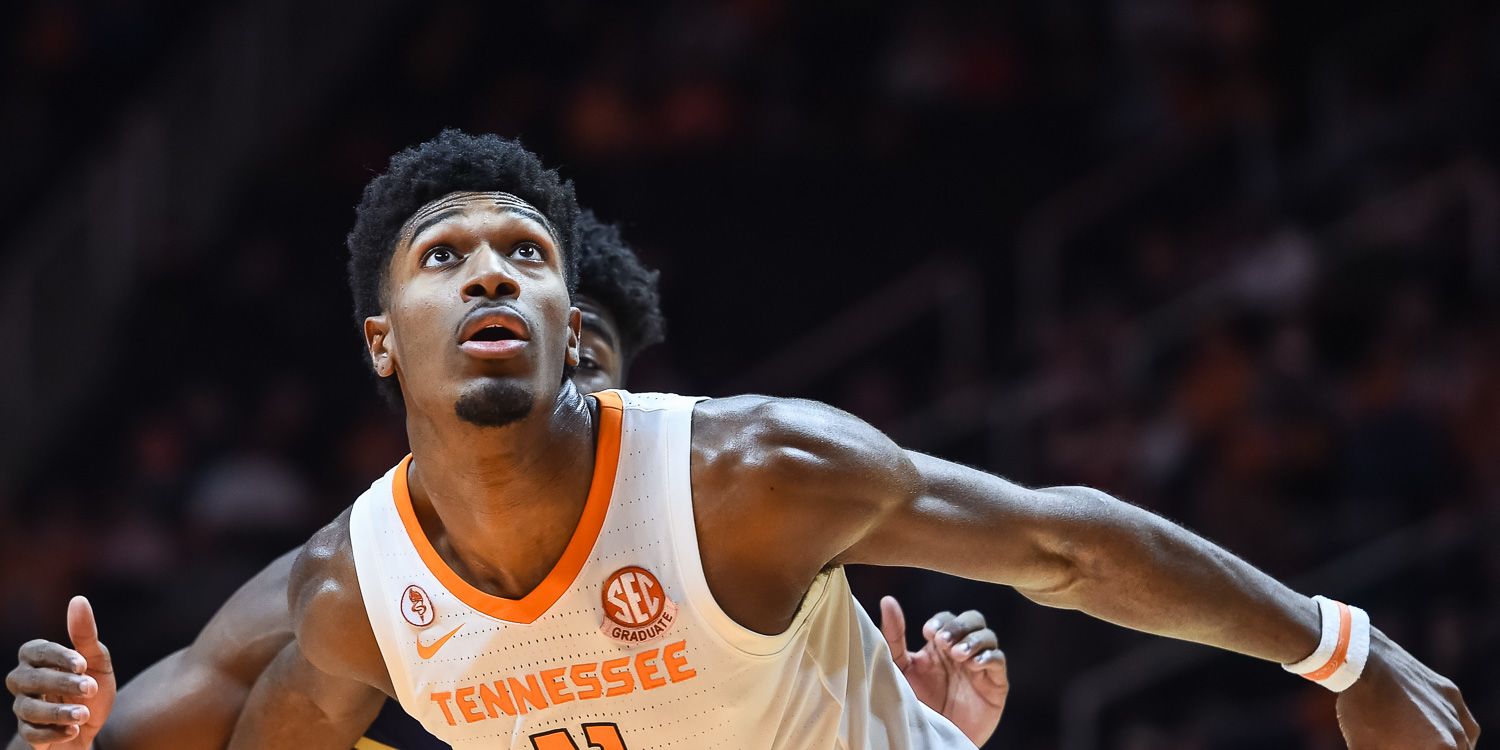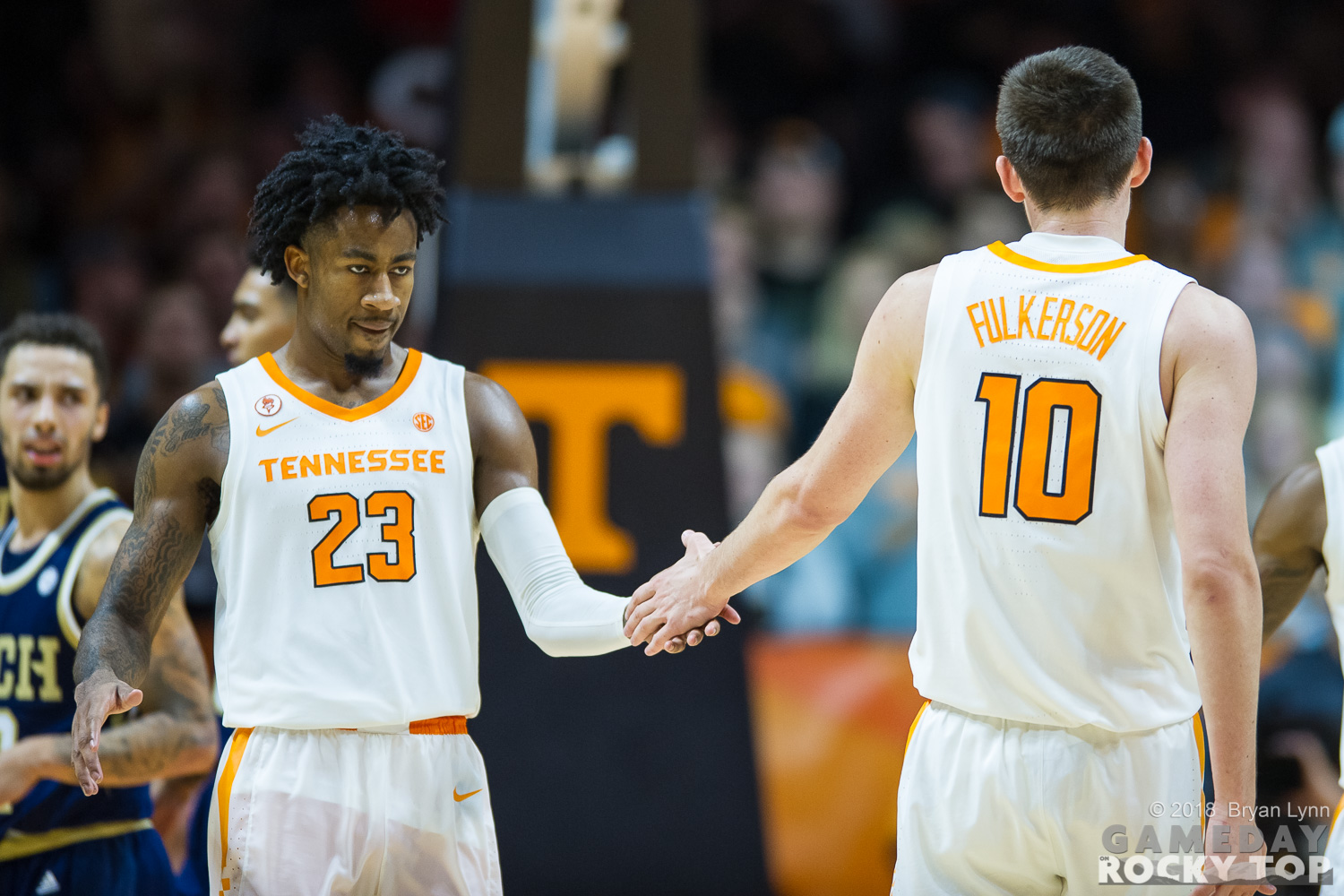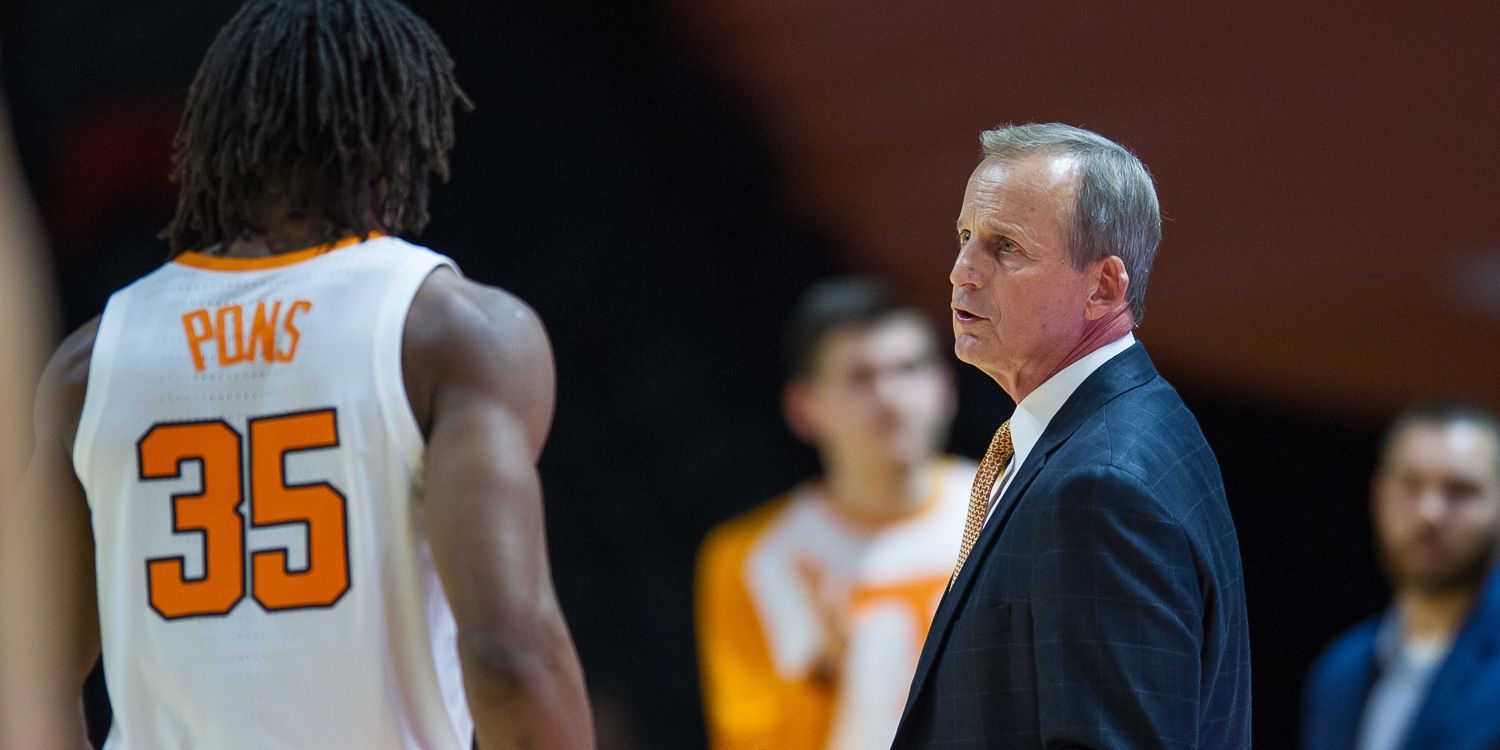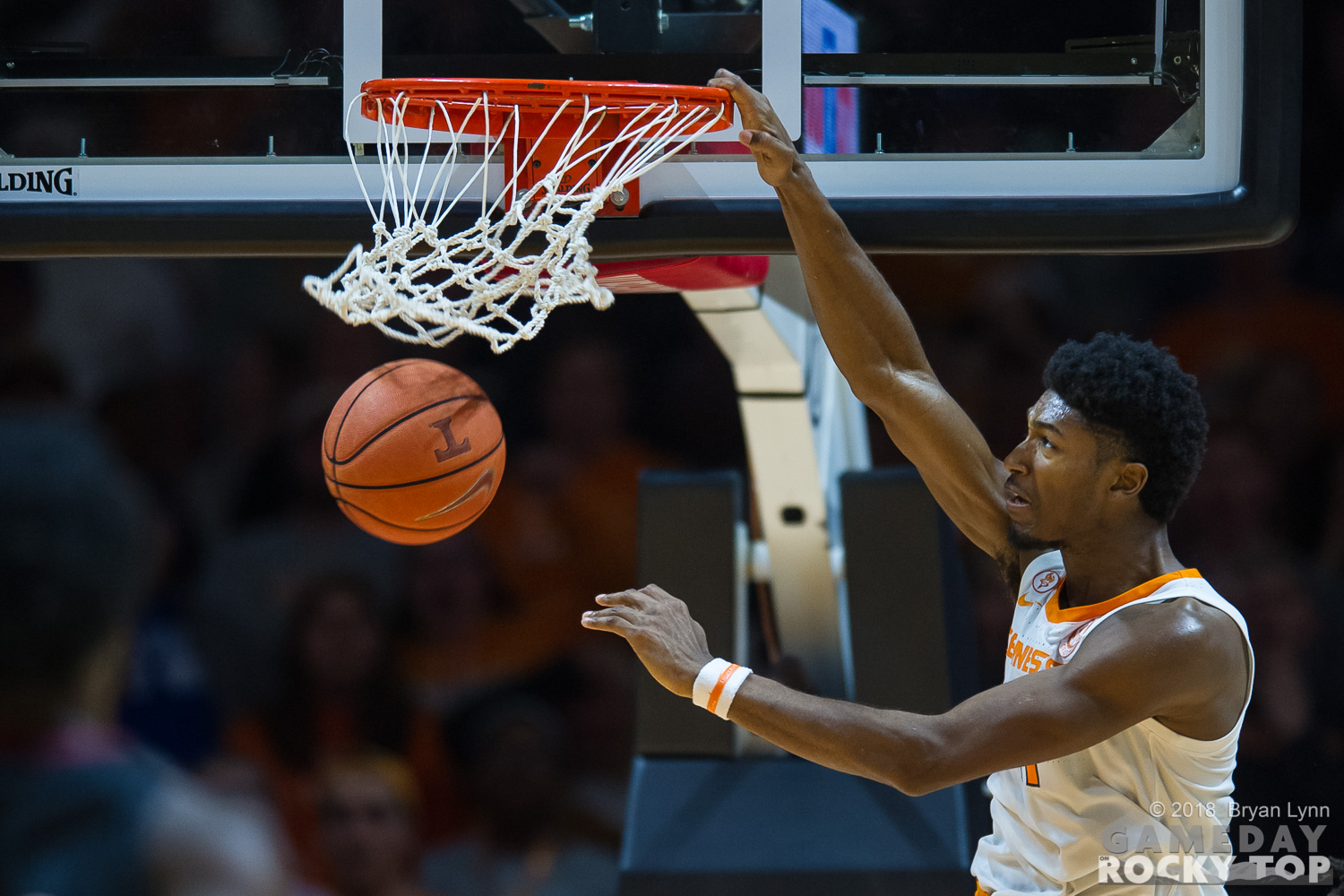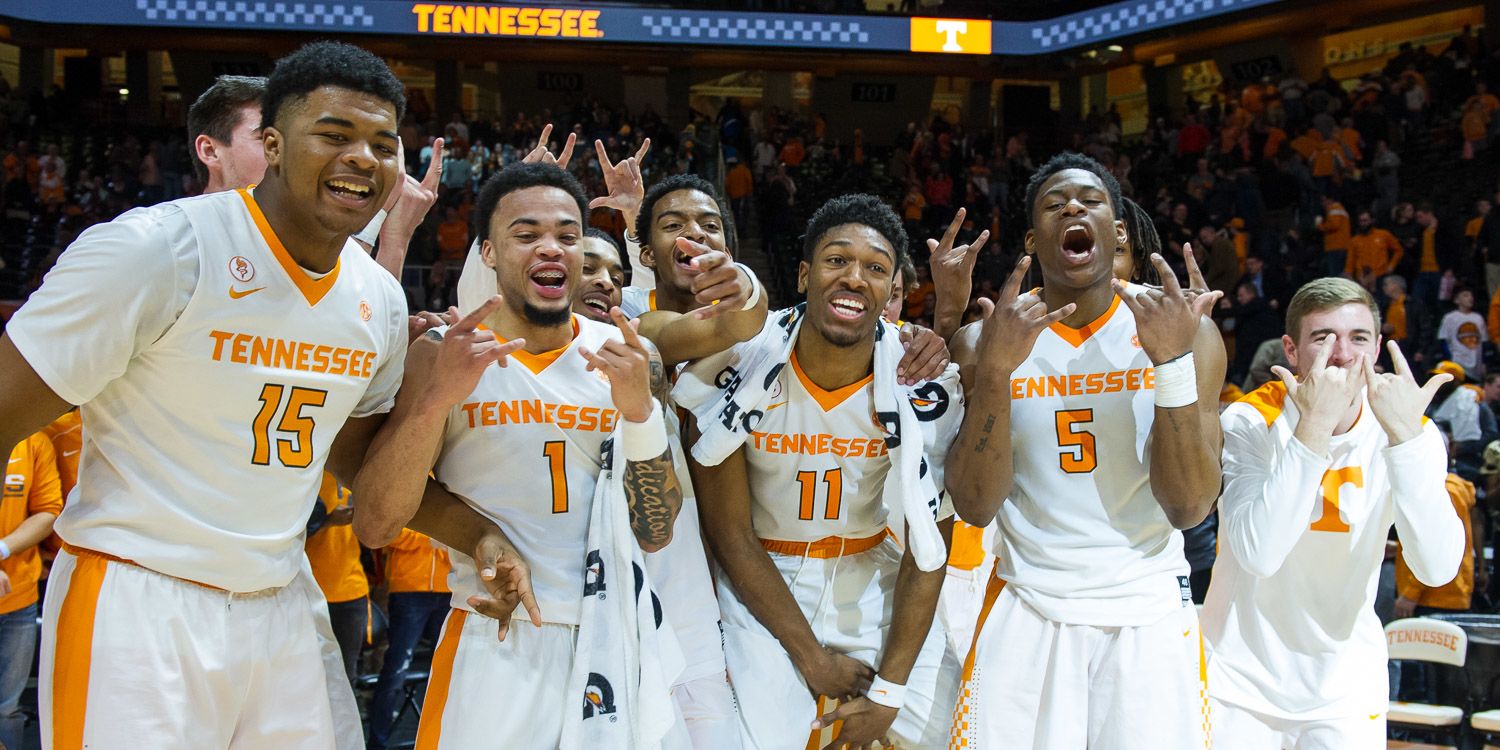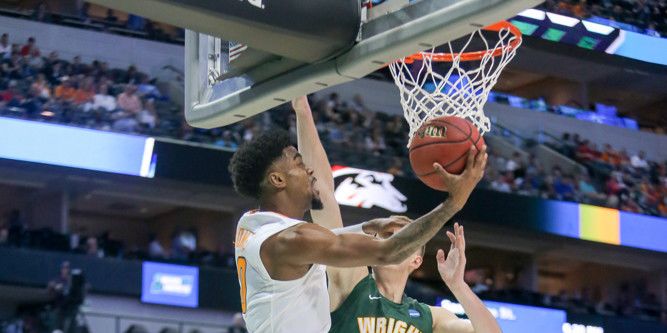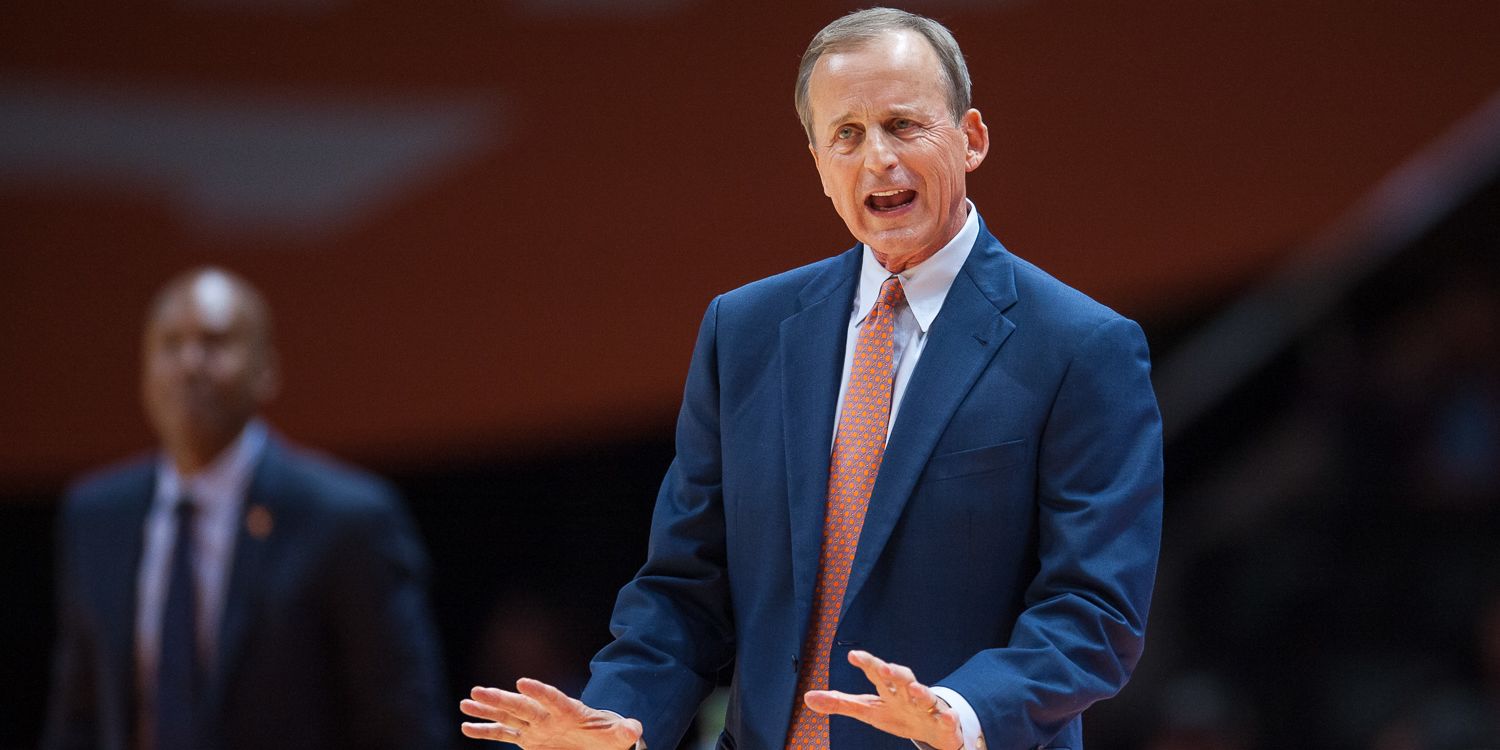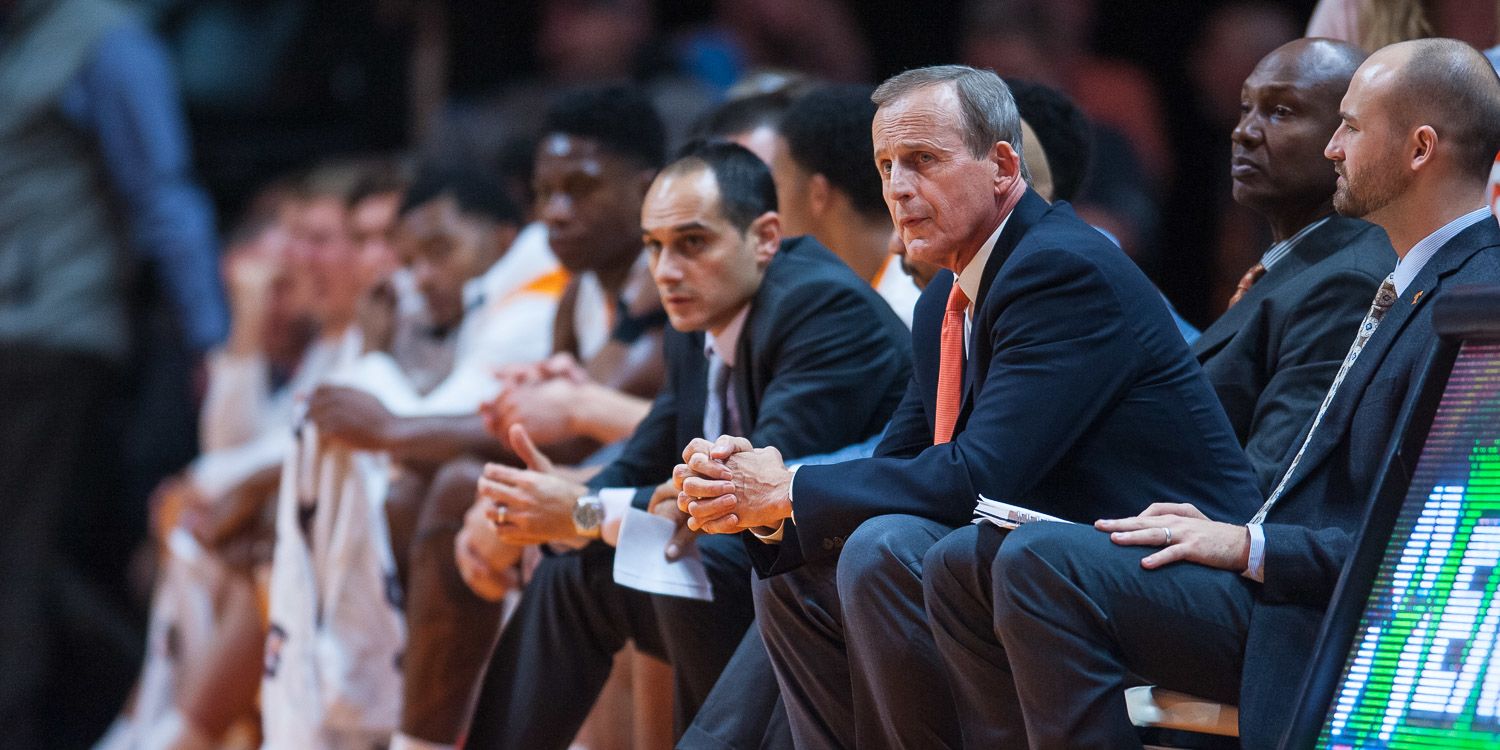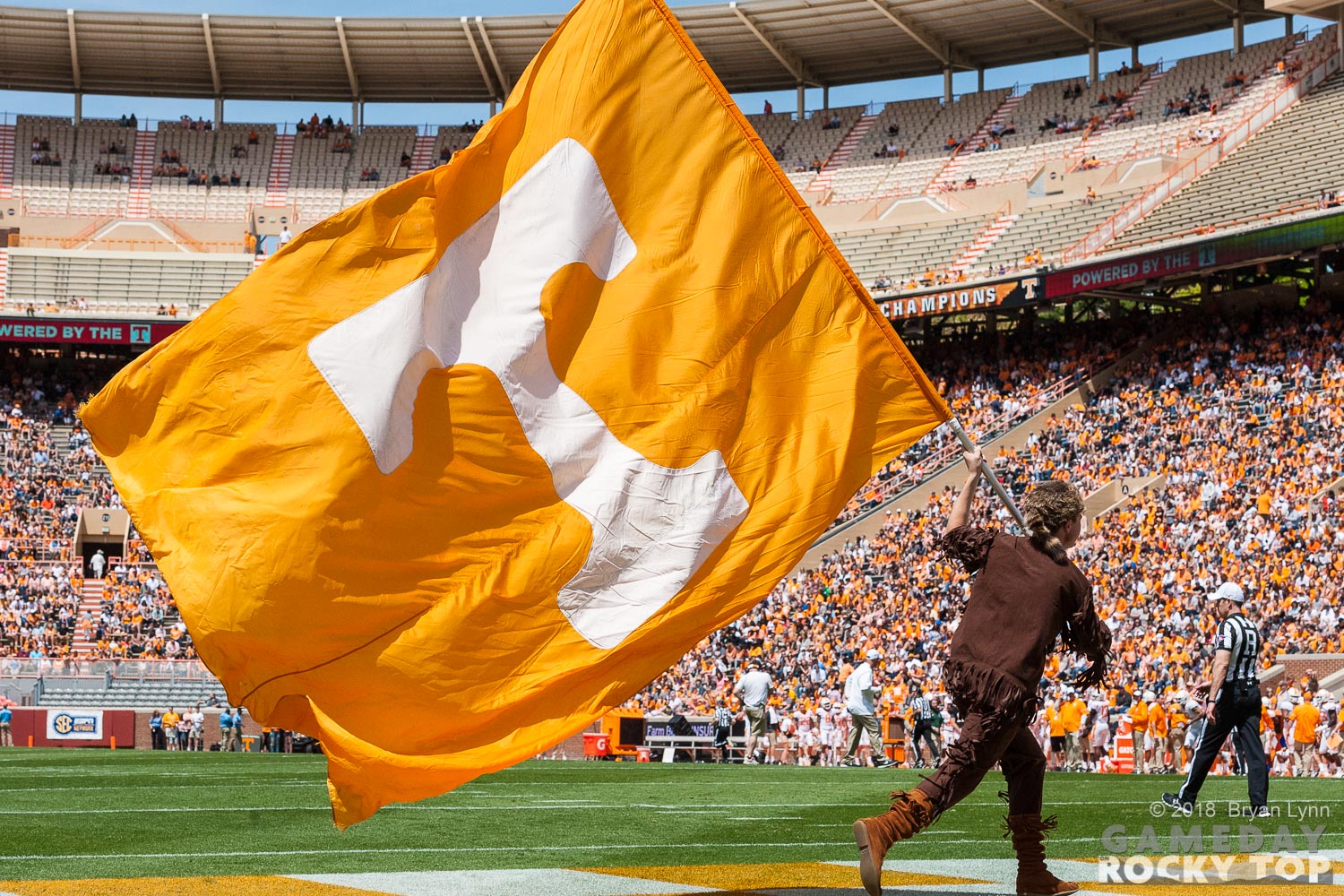One year ago today, Tennessee beat #18 Purdue in the Battle 4 Atlantis. It was, at the time, an important win to get Tennessee a shot at Villanova and bolster their RPI for what we thought would be a run at the bubble.
One year later, #5 Tennessee will face #2 Kansas on Friday night.
There’s more, of course: #3 Gonzaga’s win over #1 Duke could propel the Bulldogs to the top of the polls, and they’ll face the Vols on December 9. They’ve got work to do between now and then, dates with Creighton and Washington. The Vols shouldn’t be threatened by Eastern Kentucky and Texas A&M Corpus Christi. There’s a chance Gonzaga and Tennessee could meet as #1 and #2.
All that’s down the road. The opportunity with Kansas is enough for one day.
The difference in Tennessee then and now was particularly striking against Louisville. The Vols, once the hunters, watched Louisville play that role against them really well for most of the game. Jeff Greer’s game story from The Athletic speaks of the Cardinals in language that fit Tennessee for years, and speaks of the Vols in terms we haven’t heard since Bruce Pearl’s days. Louisville was within one with less than nine minutes to play.
And then the Vols unleashed the kind of run a Top 5 team makes. A 14-0 run over the span of four minutes included only one point from Grant Williams, who finished with 24 total. Admiral Schofield did plenty of damage in that span though, finishing with 20 points. The Vols survived 11 Louisville threes, missed nine free throws, and still won by 11 while scoring 92 points. Through increasing degrees of difficulty, the Vols have ultimately handled Louisiana, Georgia Tech, and Louisville. Now it’s the boss level.
The Jayhawks beat Duke in the Elite Eight last year before falling to Villanova in the Final Four. Seven-footer Udoka Azubuike is back, currently 10th in the KenPom Player of the Year standings. Dedric Lawson, a 6’9″ Memphis transfer, is fourth.
The first question for any Vol opponent – “Does this team have anyone who can guard Grant Williams?” – should be an affirmative this time. Louisville had no answers, but I’d expect more from the Jayhawks. Azubuike sends back 12.8% of the shots he faces, and Lawson will bang in there as well. He was a volume scorer at Memphis, finishing in the top six among AAC players in his percentage of total team shots taken in both 2016 and 2017. That shouldn’t be as necessary at Kansas, but he’s averaging 16.3 points and 9.8 rebounds in the early going. Lagerald Vick leads the team in scoring with 20.8 points in 35.3 minutes, and is a scorching 18-of-29 from the arc so far this year.
Kansas has been giving up a really high percentage from the arc and winning anyway. Michigan State hit 12-of-23 (53.3%), and Marquette was 14-of-31 (45.2%). Neither was enough against the Jayhawks: the Spartans were undone by 18 turnovers, Marquette by only attempting five free throws. And on the other end, Kansas has shot well too: 10-of-23 (43.5%) against Michigan State, 5-of-10 (50%) last night, plus 12-of-19 (63.2%) against Vermont. And they don’t turn it over, with just 48 in four games despite playing a Top 50 pace.
The Jayhawks also take away almost any opportunity for an offensive rebound. In four games they’ve only surrendered 27 total offensive boards; that’s the eighth best percentage in the country. The Vols will need to be good on their first shot.
The good news: the Vols are once again one of the best teams in the nation in creating good shots via assist percentage. It’s currently at 70.1%, fourth in the nation, leading to the Vols shooting 51.7% from the floor, 18th nationally in the early going. In better news, the Vols are shooting 57.6% from two, 52nd nationally. Last year: 47.3%, 293rd nationally. It’s early. But shooting better from inside the arc was the most obvious place the Vols could improve from last year, and so far, so good.
They’ll need to be good against Kansas. Tennessee has lived on offensive rebounds in the past, but that may be a luxury they can’t afford against the Jayhawks. This could be an excellent test of how much Tennessee’s best basketball is worth; they should need every bit of it to win, but the prize for winning could be a shot at number one.
It’s the late shift: 9:00 PM ET, ESPN2. Go Vols.

